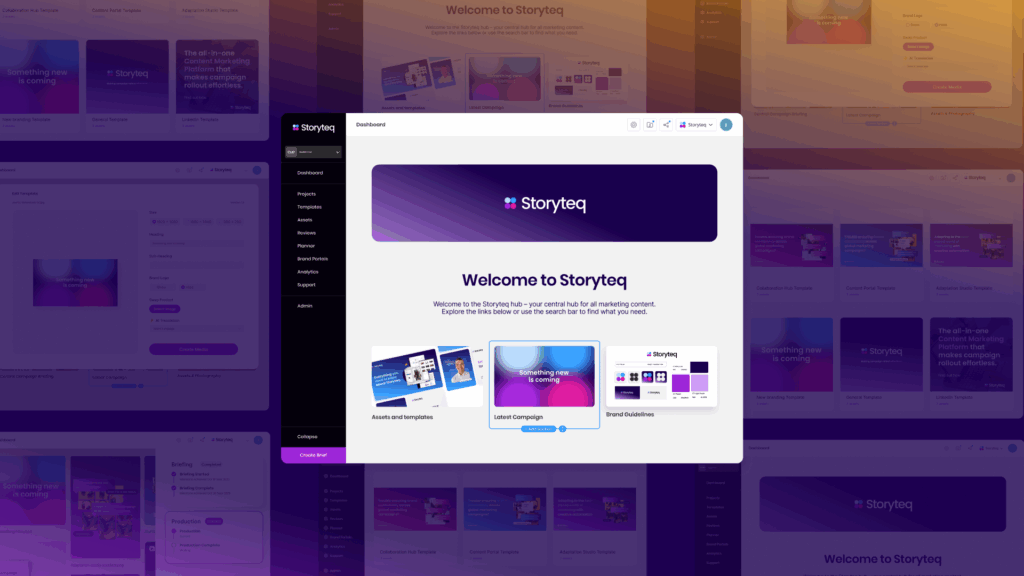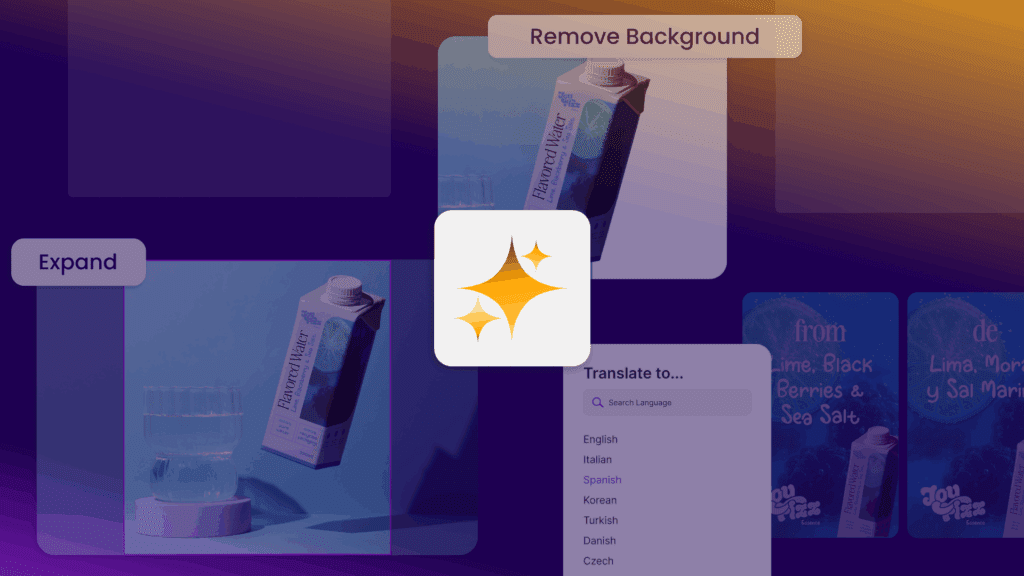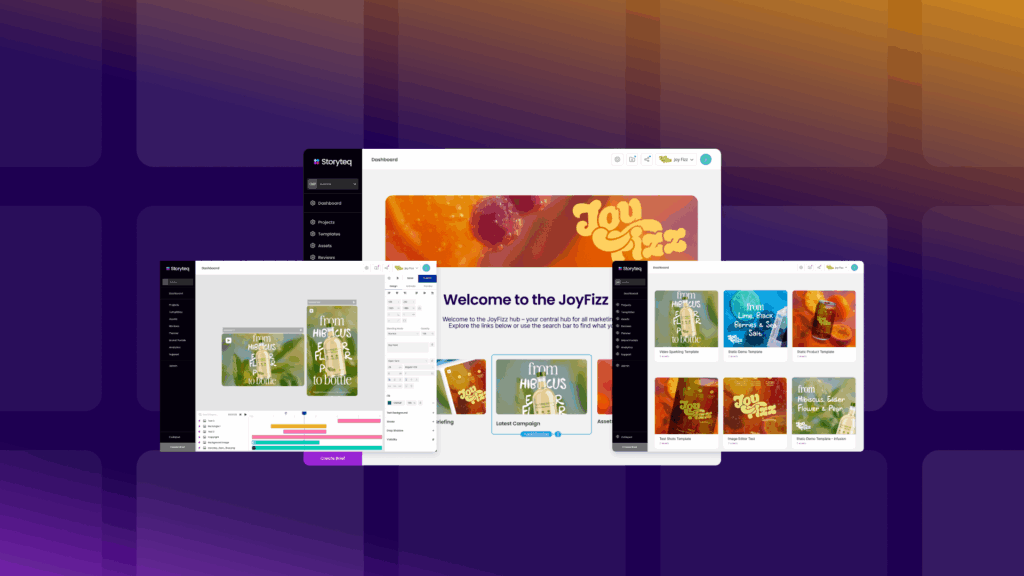Implementing an AI content marketing strategy involves strategically leveraging artificial intelligence technologies to enhance content creation, distribution, optimization, and measurement processes. This systematic approach transforms traditional marketing efforts by automating repetitive tasks while enabling personalization at scale. The key advantage lies in how AI helps marketing teams work more efficiently, allowing them to focus on high-value creative work while technology handles data processing, content variations, and performance analysis. For optimal implementation, you’ll need to assess your current workflows, identify specific use cases, select appropriate AI tools, and establish clear measurement frameworks.
What is an AI content marketing strategy?
An AI content marketing strategy is a systematic approach that integrates artificial intelligence technologies into your content planning, creation, distribution, and optimization processes. Rather than replacing human creativity, AI serves as a powerful enabler that handles data analysis, automates repetitive tasks, and enables personalization at a previously impossible scale.
Unlike traditional marketing approaches that often rely on intuition and manual processes, AI-driven strategies leverage data intelligence to inform decision-making. This transformation allows teams to create more relevant content faster while maintaining brand consistency across all touchpoints.
The core elements of an effective AI content marketing strategy include:
- Content intelligence: Using AI to analyze performance data and audience behavior
- Creation assistance: Employing AI tools to generate, edit, or enhance content
- Personalization engines: Delivering tailored content experiences based on user data
- Workflow automation: Streamlining repetitive tasks throughout the content lifecycle
- Performance optimization: Continuously improving content based on AI-driven insights
When properly implemented, an AI content marketing strategy doesn’t just create more content—it creates more effective content that resonates with specific audience segments while reducing production time and costs.
How can brands integrate AI into existing content workflows?
Integrating AI into existing content workflows requires a strategic assessment of your current processes to identify high-impact opportunities. Start by mapping your entire content lifecycle from ideation to performance analysis, highlighting repetitive tasks and bottlenecks that could benefit from automation.
Begin with a focused pilot project rather than attempting organization-wide transformation. Select a specific content type or channel where AI can deliver quick wins, such as:
- Email personalization based on behavioral data
- Dynamic creative optimization for digital advertising
- Content variations for A/B testing at scale
- Template-based production for repetitive content formats
Establish clear metrics before implementation to measure impact. Effective measurements include time saved in production, increase in content variations created, improvements in engagement metrics, and conversion rate changes.
For successful integration, follow these practical steps:
- Conduct a workflow audit to identify manual processes ripe for automation
- Define clear use cases with specific success metrics
- Select appropriate AI tools that integrate with your existing technology stack
- Train team members on new tools and adjusted workflows
- Start small with a pilot project to demonstrate value
- Scale gradually based on measured results
Remember that effective AI integration maintains a balance between automation and human oversight. The goal isn’t to replace creative thinking but to free your team from repetitive tasks so they can focus on strategic and creative work that drives brand differentiation.
What resources are needed for AI content marketing implementation?
Successful AI content marketing implementation requires a thoughtful combination of technological, human, and data resources. The most critical component is a robust content marketing platform that offers AI capabilities for content creation, personalization, workflow management, and performance analytics.
From a technology perspective, you’ll need:
- AI-enabled content marketing platform with automation capabilities
- Digital asset management system to organize and access creative assets
- Template-based creative tools that support dynamic content generation
- Integration capabilities with existing martech stack (CRM, CMS, analytics)
- A/B testing and optimization tools for continuous improvement
The human element remains essential, with team capabilities requiring adjustment:
- Content strategists who understand how to leverage AI for better outcomes
- Creative professionals who can build flexible templates for automated variation
- Data analysts who can interpret AI insights and recommend optimizations
- Technical resources for platform integration and maintenance
Data requirements are equally important:
- Clean, structured customer data for personalization efforts
- Content performance metrics to train optimization algorithms
- Audience behavior data to inform targeting
- Brand guidelines and assets in formats compatible with automation tools
Budget planning should account for platform costs, team training, potential consulting support, and ongoing optimization. When evaluating platforms, prioritize those offering template thinking capabilities, robust customer support, and proven integration with your existing tools.
How does AI improve content personalization and targeting?
AI dramatically improves content personalization and targeting by analyzing vast amounts of audience data to identify patterns and preferences that would be impossible to process manually. This enables dynamic content delivery that automatically adapts to individual user behaviors, preferences, and contexts.
The key personalization capabilities AI enables include:
- Automated segmentation based on behavior patterns and preferences
- Real-time content adaptation based on contextual signals
- Predictive content recommendations using historical engagement data
- Multivariate testing of content elements at scale
- Dynamic creative optimization across channels and touchpoints
For example, AI can analyze which product features different audience segments respond to, then automatically create variations of ad creative highlighting those specific features for each segment. This moves beyond basic demographic targeting to behavior-based personalization that resonates more deeply.
AI also enables efficient content testing by automating the creation and analysis of multiple content variations. Rather than manually creating and testing a handful of versions, AI can generate dozens of variations and quickly identify which combinations of messaging, imagery, and offers perform best for specific segments.
This level of personalization delivers measurable benefits, including increased engagement rates, higher conversion rates, and improved return on advertising spend. However, successful implementation requires balancing personalization with brand consistency by creating flexible templates that allow variation while maintaining core brand elements.
What are common challenges when implementing AI marketing solutions?
Implementing AI marketing solutions comes with several challenges that organizations must navigate for successful adoption. The most significant hurdle is typically data quality and integration issues, as AI systems require clean, structured data to function effectively.
Common implementation challenges include:
- Data silos and inconsistent formats across marketing systems
- Resistance to change among team members accustomed to traditional workflows
- Integration complexities with existing martech stack components
- Template thinking transition from fixed assets to dynamic content formats
- Balancing automation with appropriate human oversight
- Maintaining brand consistency while enabling personalization
To overcome these challenges, consider these strategies:
- Start with a data audit and cleanup before implementation
- Begin with small pilot projects to demonstrate value and build team confidence
- Invest in comprehensive training for all team members involved
- Establish clear governance frameworks for AI-generated content
- Create template systems that lock brand elements while allowing dynamic content
- Develop clear processes for human review of AI-assisted content
Remember that AI implementation is not a one-time project but an ongoing process of optimization. Allow for a transition period during which teams can adapt to new workflows and provide feedback for improvement. Regularly review both quantitative metrics and qualitative feedback to refine your approach.
The transition to AI-driven marketing is as much about change management as it is about technology implementation. Organizations that approach it as a collaborative process involving all stakeholders tend to see greater success than those attempting to force rapid adoption.
At Storyteq, we understand the complexities of implementing AI in content marketing workflows. Our platforms are designed to make this transition smoother by providing intuitive tools that balance automation with creative control. If you’re ready to explore how AI can transform your content marketing efforts, request a personalized demo to see our AI-enabled content marketing platform in action.



